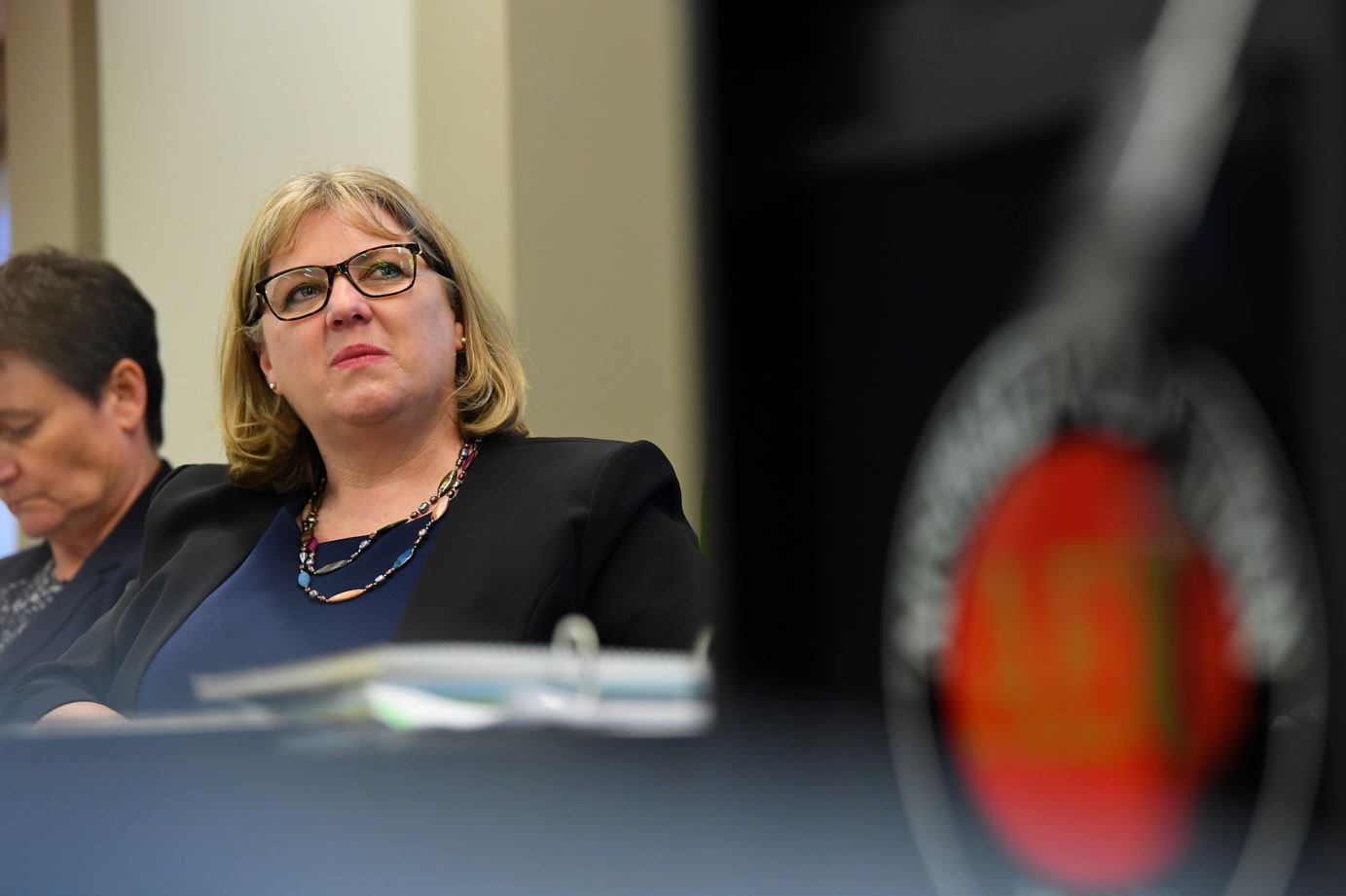Commissioned by the Australian Education Union (AEU), it said the report reveals the full extent of the $30 billion capital divide in Australian schools.
Released today as Education Ministers gather for a meeting in Melbourne, among its findings, the analysis revealed the average annual capital spending per student in private schools from 2012 to 2021 was more than double that of public schools.
Governments, the AEU claimed, would have had to spend an additional $31.8 billion just to match the investment per student private schools made in new and upgraded schools.
AEU federal president Correna Haythorpe said the staggering capital funding divide must be addressed by governments in the bilateral school funding agreements that are being negotiated this year.
“Making our education system fairer starts with fairer funding,” she said.
“Only 1.3 per cent of public schools are fully funded compared to 98 per cent of private schools and that inequity in recurrent funding is contributing to an unacceptable $30 billion divide in spending on new and upgraded schools.
“While private schools, fuelled by government overfunding, are buying office towers and building $80 million Scottish castles, public schools in every state and the NT are underfunded and increasingly left with demountable classrooms to cope with rising enrolments.”
The report also claimed that five elite private schools in Victoria and NSW spent more in 2021 on new facilities ($175.6 million) than governments spent on capital works in 3372 public schools.
One Sydney school, Cranbrook, spent more on a new pool and expanded fitness and drama facilities in 2021 ($63.5 million) than governments spent on 2549 public schools which educate over 472,000 students. The Cranbrook spending was also more than the NT and Tasmanian governments spent on new and upgraded schools in 2021.
The report also found that private schools stand to receive almost $1 billion more in capital funding from the Federal Government over the next four years, with $40 million from a Federal Government capital fund designed to support private schools in disadvantaged areas being instead funnelled into wealthy private schools over the last five years, including two of the richest in the nation.
The report claimed that overfunding by the Commonwealth between 2019 and 2021 helped private schools divert $2.5 billion of their recurrent income into capital projects.
In response, Margery Evans, CEO of the Association of Independent Schools NSW, told the ABC News website that the AEU’s report ‘paints a very misleading picture of how capital works in all schools are funded’.
She said AEU researchers had selectively tallied public schools to garner the most unfavourable comparison.
“It is also absurd for the AEU to cherry pick the largest capital works projects of several non-government schools – which were self-funded – and compare them with 3300 public schools who had little or no capital works projects that year,” Evans told the ABC.
“The total value of the capital works at those five non-government schools was $175.6 million — less than the $250 million spent by the NSW government on upgrades to just one government school (Chatswood High).”
National Catholic Education Commission executive director, Jacinta Collins, also told the ABC that while her organisation supported public schools being fully funded, the AEU report distorted data.
“For example, if we look to independent sources of data (ACARA), capital expenditure in NSW and Victoria on government schools totalled $2.784bn in 2021, not the $0.175bn referenced [today],” she said.
Haythorpe, meanwhile, said Prime Minister Anthony Albanese needed to step in and help even the playing field with a nation-building investment in public schools.
“Our report is calling for a $1.25 billion injection into public schools to make up for the fact there has been no ongoing capital funding from the Commonwealth since the former Coalition Government axed it in 2017,” she said.
“There also needs to be an ongoing fund that matches the per student investment of the Commonwealth in private schools.
“There is a huge unmet need for new and upgraded public schools that can meet the increasingly diverse needs of students and equip each of them with the knowledge, skills and capabilities required to be successful in the modern world.
“We aren’t calling for Olympic pools and polo fields. We are calling for safe, high quality classrooms, libraries and learning spaces that enable teachers and students to do their best.”














